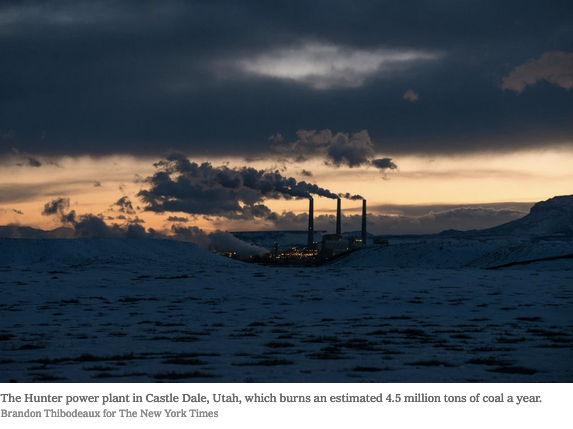WASHINGTON — The Environmental Protection Agency plans to adopt a new method for projecting the future health risks of air pollution, one that experts said has never been peer-reviewed and is not scientifically sound, according to five people with knowledge of the agency’s plans.
The immediate effect of the change would be to drastically lower an estimate last year by the Trump administration that projected as many as 1,400 additional premature deaths per year from a proposed new rule on emissions from coal plants. That, in turn, would make it easier to defend the new regulation, known as the Affordable Clean Energy rule, which is meant to replace former President Barack Obama’s signature climate change measure, the Clean Power Plan.
It is not uncommon for a presidential administration to use accounting changes to make its regulatory decisions look better than the rules of its predecessors. But the proposed new modeling is unusual because it discards more than a decade of peer-reviewed E.P.A. methods and relies on unfounded medical assumptions.
The five people familiar with the plan, who are all current or former E.P.A. officials, said the new modeling method would be used in the agency’s analysis of the final version of the ACE rule, which is expected to be made public in June. William L. Wehrum, the E.P.A. air quality chief, acknowledged in an interview the new method would be part of the agency’s final analysis of the rule.




